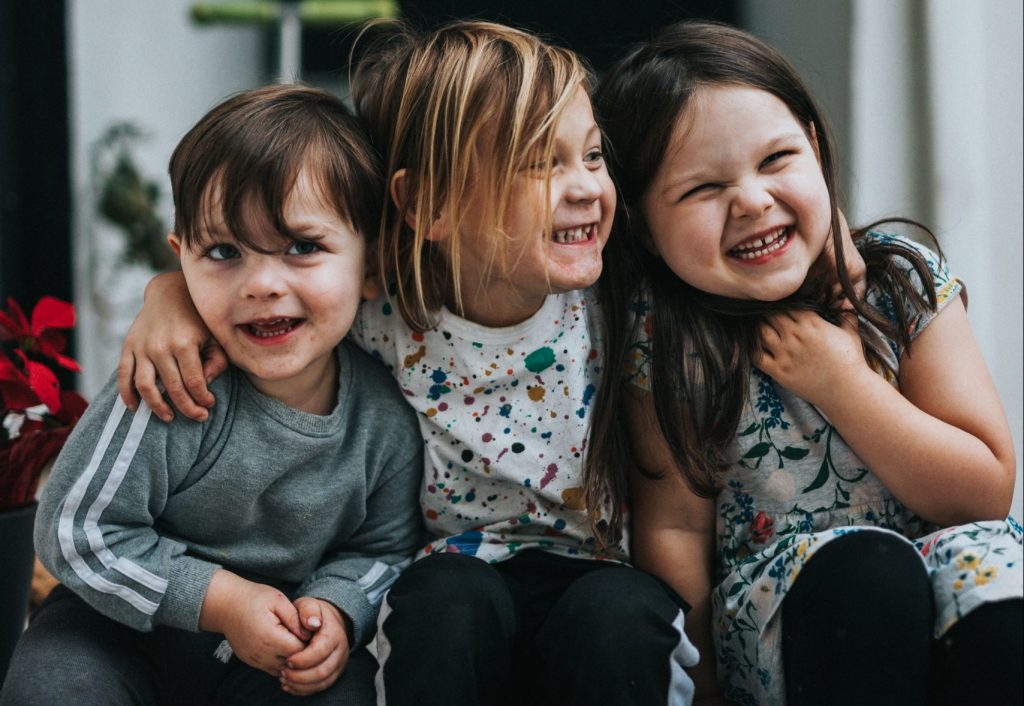As a mom, I want my children to be successful in school, I want them to excel in extra-circulars. But mostly, I want my children to just be kind, sympathetic humans who grow up to be productive members in society.
 How do you teach someone to be sympathetic? How can I be sure that my children will show genuine concern when their peers are hurting?
How do you teach someone to be sympathetic? How can I be sure that my children will show genuine concern when their peers are hurting?
As a teacher, I see students who show kindness and sympathy daily, but I also see children who simply don’t seem to know how. While I cannot determine the difference in the two type of students’ reaction toward others, I can say that students are very observant.
From the time my twins were newborns, it seems like when one cried, the other did too. I’m not sure if they were being sympathetic or just mad because they were woken up by their brother. Regardless, I’m certain that children are very capable of picking up on the cues from others and then reacting accordingly. Children are constantly watching us which makes our jobs as mommas, much more important. The struggle between doing too much and not doing enough is a fine line. When babies get hurt, the natural reaction for just about anyone is the, “Ahhh, poor baby, let me help you.” We’re showing sympathy for the child’s mishap. The child is learning by watching us. In my opinion, knowing this will help to either mold our children to be sympathetic, or not.
How can we strategically teach our children to be sympathetic to others?
Here are a few ways that I am helping my children show kindness and sympathy to others.
- Model: Having three young children I can confirm the whole, “Monkey See, Monkey Do” phrase is real. My children learn from each other, their peers, and their family. While we cannot completely control what they experience, we can control what our kids see from us. When my children get hurt either physically or emotionally, regardless how small, I’m sure to model sympathy. It goes back to the golden rule of treating others the way you want to be treated. Model checking on the child, offering help, and acknowledging their feelings.
- Validate their feelings: This can be tricky for me when I think my children are being a bit dramatic, but if it matters to them, it matters to me. If they are sad, mad, or happy sympathize with them by saying, “I can understand how that would make you _______.” This can also be tough when a child isn’t quite sure what their feelings actually are, but is a great opportunity to teach them the different emotions other than happy or mad, that we experience.
- Reason: Reasoning with a child is a great tool to use in so many situations. When it comes to sympathizing, we can reason with children by asking them relatable questions. If my child is being unkind I could ask them, “How would that make you feel if they did that to you?” I’m allowing the child to see that their actions affect others, and that their peers have those same feelings and emotions.
- Praise: The ability for a child to see and sympathize with another is a difficult task so when children successfully do this, it should be acknowledged and praised. When I see my children check on their sibling, offer up a toy that the other wanted, or even make suggestions on how to comfort someone, I point out how I noticed and compliment their behavior. “That was so nice of you to offer your sister that toy you were playing with.”
- Ownership: I think so often to have children apologize. “Say sorry,” is what we typically say when our child has not made a good choice even when the child doesn’t know what they did wrong. Assuming saying sorry is enough just isn’t as effective. We can help to teach a child sympathy by telling a child why and how to apologize. Eventually the child will be more aware of their actions and take responsibility for them.
{Read More: Kindness Inspires Kindness :: Raising Good Children}
Teaching, spreading kindness, and showing sympathy toward others just might be what this world could use a lot more of.













